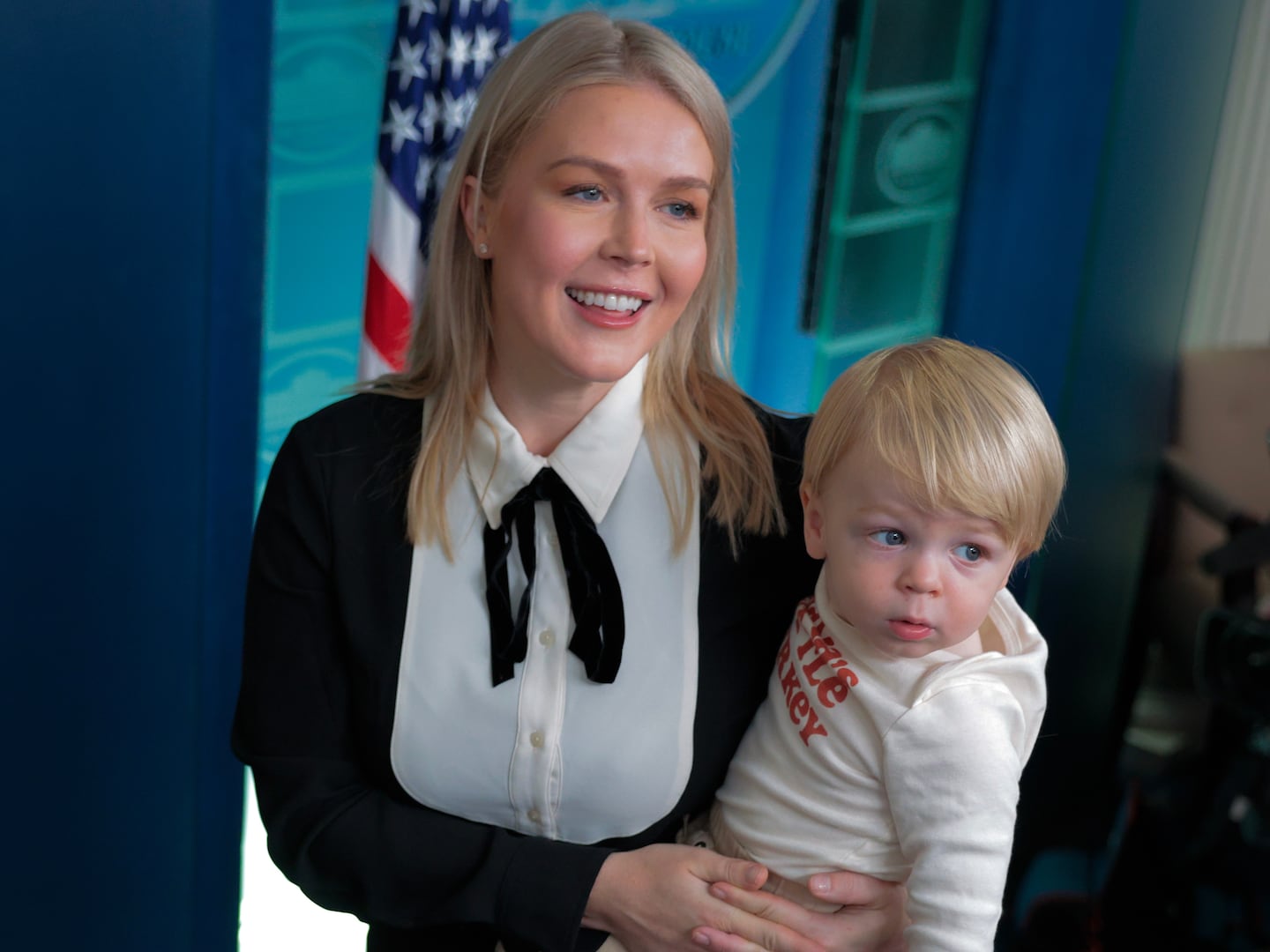In the fourth episode of Outlander’s third season, Jamie Fraser has sex. This is not notable on its own, since the Starz show has a well-earned steamy reputation. But the way the scene has changed in its adaptation from the page to the screen—especially in how it approaches consent between Jamie and his sexual partner Geneva—reveals the most fascinating tension in Outlander.
The show, based on the book series by Diana Gabaldon, is about the relationship between a couple born two hundred years apart. The heroine Claire (Caitriona Balfe) is a time-traveler from the 1900s while the hero Jamie (Sam Heughan) is from the 1700s. Together they navigate a relationship fraught with gender mores from two different centuries.
But outside the scope of the story, Outlander has an even more intriguing time displacement. The first three novels, on which the first three seasons of the show are based, were published in the early 1990s. Although Gabaldon has said that the Outlander books are not romance novels, they do share DNA with the genre—like the recurring trope of forced seduction. And the larger cultural conversation around consent and its depiction in fiction has changed in the decades between the books and the show.
Forced seduction, also known as dubious consent, is a trope in which the hero makes an unwanted sexual advance and the heroine’s reluctance gives way to enthusiasm. In other words, it’s the idea that “no” means “yes” if the hero is sexy enough. Gone with the Wind, although not a romance, has perhaps the most famous instance of forced seduction, when Rhett Butler initiates sex with Scarlett O’Hara against her will. “She screamed, stifled against him,” Margaret Mitchell writes in the novel, “and he…bent over her and kissed her with a savagery…Suddenly she had a wild thrill such as she had never known…” The trope is most prominent in historical romances like Kathleen E. Woodiwiss’s The Flame and The Flower and more from the 1980s and ’90s. That’s where the term “bodice ripper” comes from; often, the hero rips the heroine’s bodice in his aggression.
Regardless of whether you think Outlander is a romance, it certainly has bodice ripper elements. In the first book, Jamie disciplines Claire with a sexually charged spanking, and several of their encounters begin while Claire is reluctant or outright protests. His scene with Geneva in the third book, which was published in 1993, is also drawn in the “no means yes” tradition. This is how it plays out on the page: “‘Stop it! It’s too big! Take it out!’ Panicked, Geneva thrashed beneath him. He clapped one hand over her mouth and said the only coherent thing he could think of. ‘No,’ he said defiantly, and shoved.” Prior to the scene, Geneva wanted to have sex with Jamie. In the moment, she changes her mind, yet he ignores her revoked consent.
Tellingly, the scene in the TV version is drastically altered from the novel’s version. In Season 3’s “Of Lost Things,” Outlander’s writers seem keenly aware that viewers in 2017 have a low tolerance for waving off moments when the sexy hero doesn’t take “no” for an answer. Before they have sex onscreen, Jaime tells Geneva, “We don’t have to do this. You can change your mind if you want.” It upends the dynamics of the novel’s version of the scene so blatantly, Jamie all but winks at the camera.
With this change, the show is not only revising a pointless rape scene. It is also obliterating Gabaldon’s stance that the book’s scene is not rape on Jamie’s part. The cornerstone of her argument is the fact that Geneva blackmails Jamie. In the context of the scene, he’s living under an assumed identity, and Geneva threatens to reveal his true name if he doesn’t take her virginity before she must marry a much-older man. (In the book, she then gets cold feet during the act, hence her protests.) The show doesn’t change the scenario; it simply erases the dubious consent element of their sex scene. In both versions of the story, Geneva is not a good person and she backs Jamie into a corner. But as the adaptation’s change shows, that has nothing to do with—and certainly does not justify—his refusal to take “no” for an answer. Outlander hasn’t always had a neat track record with portrayals of sexual assault, but in one fell swoop, “Of Lost Things” takes the rape culture sentiments of “no means yes” and “but she was asking for it” and lights them on fire.
While writing about the scene on her Facebook and Twitter pages, Gabaldon calls the principle of “no means no” a “useful fiction” that developed over the last fifty years “in response to a very limited cultural context.” Ironically, by citing cultural context in her reasoning, she highlights the importance of why Jamie and Geneva’s scene had to change for the screen. Consider the fourth season of Game of Thrones, in which Jaime Lannister aggressively has sex with Cersei in front of their son’s corpse while she protests. Comments from the actors and director indicate that the scene was not intended to be rape—just as Gabaldon does not intend for Jamie to be a rapist—but much of the audience read it differently. The real-world climate a show airs in matters. To pretend it doesn’t is to be naïve at best, willfully tone-deaf at worst.
Today, dubious consent scenes in popular entertainment launch a thousand Twitter threads about why they’re #problematic. Thanks in part to social media, conversations about agency and consent in fiction have moved from feminist circles into mainstream discourse.
This puts Outlander in a difficult position. Its source material is steeped in the forced seduction tradition — but it’s also a television show airing in a time when rape culture is more openly examined than ever before. In recent years, thanks to the staggering number of scripted shows and the glut of sexual violence on TV, there’s been pushback when it isn’t depicted in a meaningful way. Showrunners like Bryan Fuller (American Gods, Hannibal) have spoken about their distaste for rape as a plot device. Exorcist producer Jeremy Slater told Variety the prominence of rape on TV has become “a plague on the industry.” Outlander is left with a conundrum, because the books frequently use rape as a plot device. In the first two novels, Claire is threatened with rape no less than four times, Jaime is raped, and two of their acquaintances (Mary and Fergus) are raped.
Bodice rippers and cable TV dramas have different artistic functions, and different bodies of work they’re evaluated against. When Outlander demonstrates its awareness of this fact, that’s when the show’s tension with its source material peaks. Nowhere is this clearer than in the two versions of Jamie and Geneva’s sex scene.
Audiences have been schooled in Sansa Stark’s rape on Game of Thrones and the subsequent internet reaction; on Mellie Grant’s rape on Scandal, Claire Underwood’s on House of Cards, Jessica Jones’s on Jessica Jones, Anna’s on Downton Abbey, Dolores’s in Westworld. No art exists in a vacuum devoid of modern context, even historical dramas. And viewers are fatigued with television rape.
The fact that this Outlander episode fixed the 1993 novel’s consent issue is a quieter narrative playing beneath the surface—and yet, it’s every bit as interesting as the story onscreen. That’s what truly fascinating about Outlander. The real temporal displacement it must negotiate is not the two centuries between Jamie and Claire, but rather the changing cultural conversation around consent in the decades between the books and the show.






